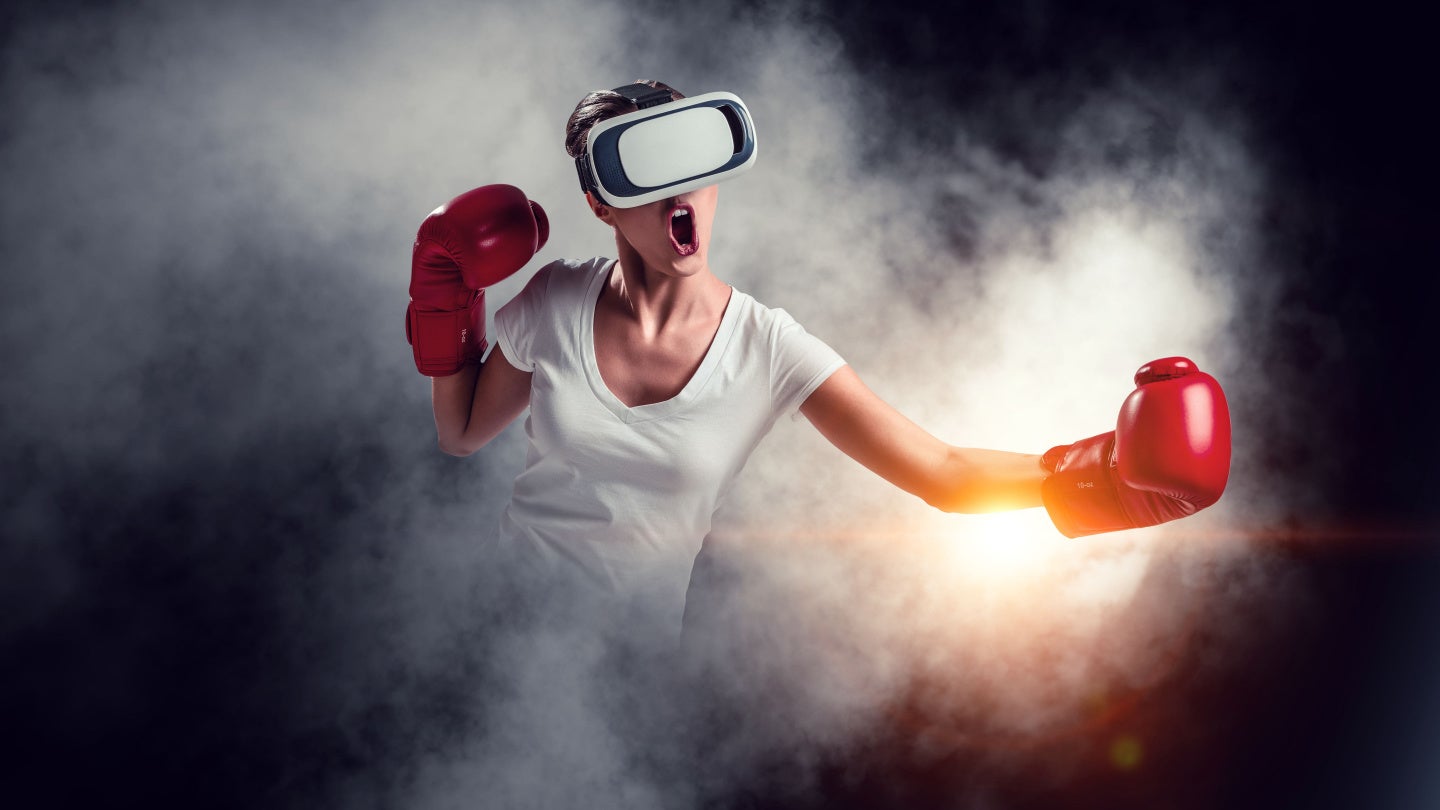
Physical activity – or lack of it – is a global, ongoing issue.
The outcomes of an inactive life are linked to a range of chronic disease outcomes including coronary heart disease, type 2 diabetes, some cancers, and shortened life expectancy. The Health Survey for England 2021 estimated that 25.9% of adults in England are obese, with a further 37.9% overweight. The prevalence of childhood obesity is similar, reaching epidemic levels. In the US, it is estimated that roughly one in six young people are obese.
As technology becomes increasingly immersed into most aspects of people’s day-to-day life, alongside the increase in the prevalence of sitting as a default behavior, reduced physical activity and sedentary lifestyles are becoming the norm.
AR and VR can increase motivation for exercise
Increasing physical activity is imperative for humans to maintain a healthy weight and reduce their risk of disease. However, for many, exercise remains unwelcome in their daily routine. A major barrier to exercise for people is the lack of enjoyment and repetition that it can bring.
However, AR and VR have the potential to revolutionize this barrier, providing immersive environments and engaging workouts, increasing diversity, and providing a fun element to physical activity. This can also benefit individuals who became used to home workouts following the pandemic.
AR and VR can also gamify workouts, meaning that users can be motivated by achievements and rewards in the game, making them want to play more and therefore increase their exercise as an outcome. Gamifying workouts provide a distraction from the exercise itself and can also increase participation where users can play with friends or others.
How well do you really know your competitors?
Access the most comprehensive Company Profiles on the market, powered by GlobalData. Save hours of research. Gain competitive edge.

Thank you!
Your download email will arrive shortly
Not ready to buy yet? Download a free sample
We are confident about the unique quality of our Company Profiles. However, we want you to make the most beneficial decision for your business, so we offer a free sample that you can download by submitting the below form
By GlobalDataFor example, a 2021 study published in the Health Education Journal found that children who played the AR game Pokémon Go daily (over eight weeks) benefited from the physical activity with improved cardiorespiratory fitness, lower BMIs, and decreased fat body percentages.
Outcomes from the Covid-19 pandemic
The pandemic enhanced the prevalence of sedentary lifestyles and excessive time spent on screens. A recent study published in JAMA Pediatrics found that the average screen time for children during the pandemic rose by 52%, leading to the surge in childhood obesity to unprecedented levels during this period.
For those exercising during the pandemic, workouts were forcibly moved into their homes, aided by resources such as mobile apps, online videos, and live streams. As a result, many people continue to prefer exercising in the comfort of their own homes and environment.
AR and VR workouts can increase physical activity
AR and VR workouts can significantly enhance the home workout experience, following the trends brought about by the pandemic. Users can tap into a huge plethora of available workouts, set reminders, and integrate these into a routine that works for them.
After all, finding time to attend a gym can be difficult for those with busy schedules. Some may also find the peer pressure at gyms overwhelming and this can act as a barrier to exercising.
These issues are avoided with AR and VR workouts, where users can exercise at any time, for as little or long as needed. Embracing new technology does not have to lead to a sedentary lifestyle, as many fear. If adopted correctly, these new technologies could have the opposite result.





